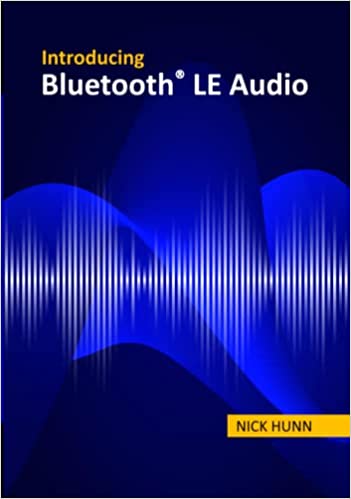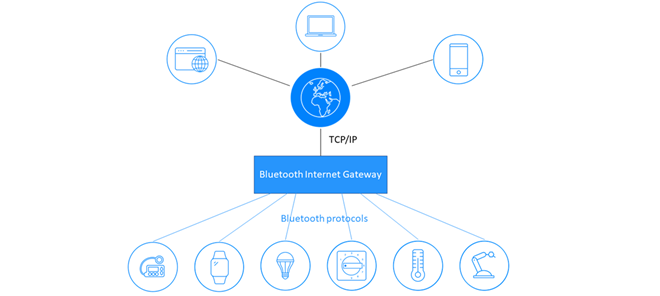For years, Bluetooth® technology has been used to support a wide range of location-based services, from proximity solutions like point of interest (PoI) information and item finding to positioning systems that support real-time locating systems (RTLS) and indoor positioning systems (IPS).
In the world of Bluetooth connected devices, the Find Me profile helps people find lost objects with special Bluetooth tags attached, and the Proximity Profile helps people keep important items nearby and find them if they move too far away. But it’s Bluetooth beacons that tend to steal the headlines.
The Bluetooth beacon is a phenomenally successful application of Bluetooth technology and is found in all sorts of situations, providing positioning and proximity services in airports, art galleries, train stations, stadiums, retail stores, and more.
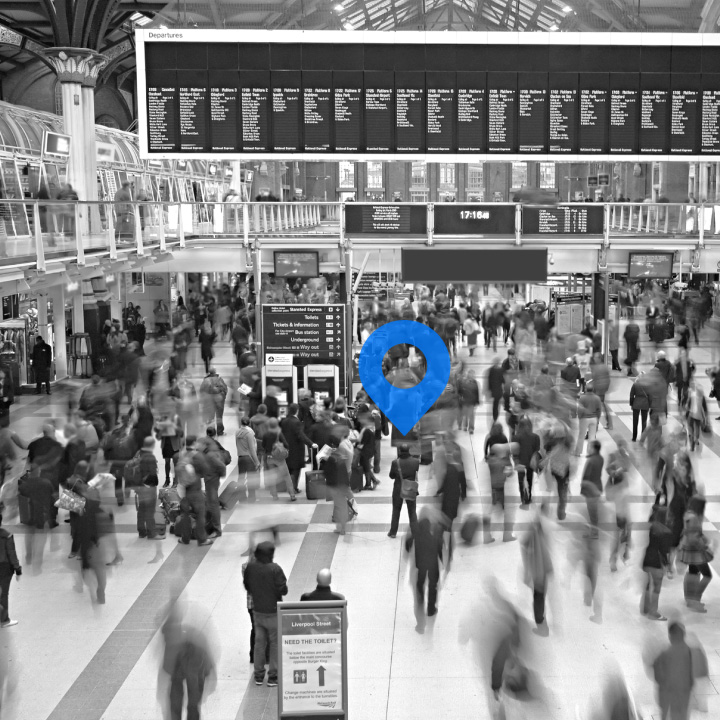
The Need for Accurate Location and Direction Finding
There are many use cases that either require more accurate positioning data than today’s beacons can offer, require the determination of the direction an object is in, or have both these requirements. For years, beacons have served us well, but they cannot meet these higher-end requirements.
High-Accuracy Indoor Positioning
There’s an obvious benefit to being able to more accurately determine the position of a person within a complex indoor environment, such as an airport. More dependable and user-friendly indoor navigation systems and more precisely targeted proximity solutions can be created.
High-Accuracy Asset Tracking
There are many scenarios that could be regarded as asset tracking scenarios, from keeping track of corporate assets in an office environment to monitoring the progress of product components as they pass through the various stages of a manufacturing process. Tracking use cases like these tend to need accurate positioning capabilities.
Continuous Direction Finding
There are devices on the market today that use Bluetooth to help find lost objects. Smartphone applications use signal strength to estimate the distance from the lost object. But with no directional information available, using one of these devices to find something lost involves a degree of experimentation. This might include walking in various directions and observing the effect it has on the estimated distance from the lost object.
A direction finding capability where the direction to a lost object is continually updated would allow solutions to be created that guide the user directly towards the lost item, with no experimentation required.
Directional Discovery
With directional discovery, if an art gallery has direction finding tags attached to its paintings, visitors can simply point their phone at a painting they’re interested in, and the app on their phone filters out the signals from all the other paintings in the room, selecting the painting in the direction they’re pointing and providing information about that painting.
Directional discovery goes a step further, allowing you to find an object in a given direction with a particular capability. Requests such as find a printer over there become easily dealt with if direction finding tags are in use.
High-Accuracy Direction Finding with Bluetooth
![]()
The latest version of the Bluetooth® Core Specification introduces new capabilities that support high-accuracy direction finding. The controller specification has been enhanced so that specialized hardware that incorporates an antenna array can be used to support the calculation of the direction of a received radio signal. The Host Controller Interface (HCI) has also been modified so that data acquired by the controller can be made available to higher layers of the stack where direction calculations can take place.
With Bluetooth direction finding, proximity and positioning systems operating at sub-meter accuracy levels can now be created for use cases, such as indoor positioning, wayfinding, asset tracking, object finding, and directional discovery.
Bluetooth direction finding leverages proven engineering techniques for determining signal direction and standardizes the interfaces, interactions, and important internal operations involved. Accurate direction finding is now interoperable across manufacturers and will be widely adopted to create a new generation of advanced Bluetooth Location Services.
For a technical breakdown of the new direction finding capabilities, download Bluetooth® Direction Finding: A Technical Overview.
![]()
FEATURED DOWNLOAD
Bluetooth Direction Finding: A Technical Overview
Get a technical look at the new Bluetooth direction finding feature and see how it can enable location services solutions that support centimeter-level accuracy.

![20240208 GN LONDON 04 LARA 0964 Edit copy[1]](https://www.bluetooth.com/wp-content/uploads/2024/04/20240208_GN_LONDON_04_LARA_0964-Edit-copy1.jpg)
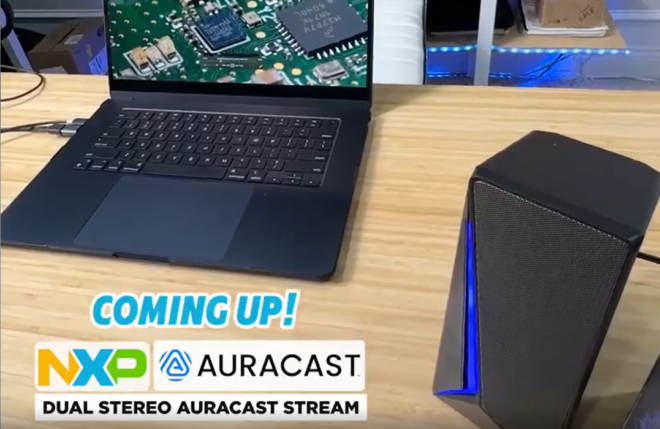
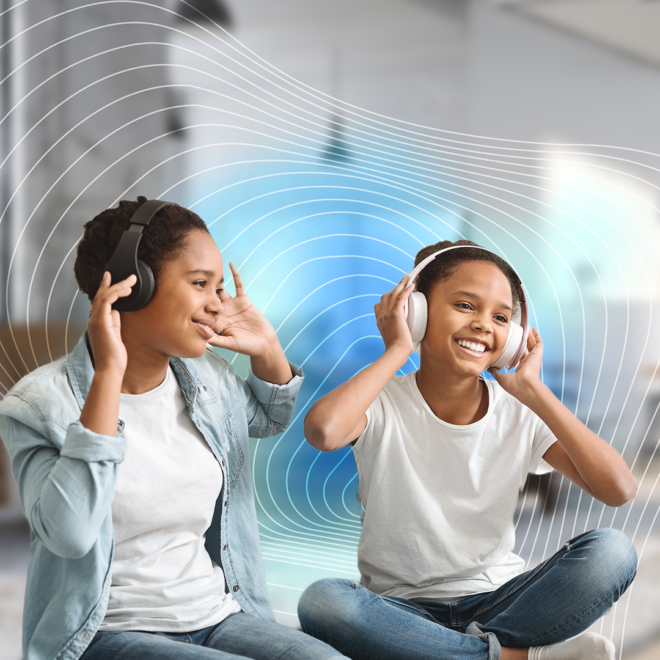
![Forbes Predictions article 72 dpi 1300 x 680 px 768x402[1]](https://www.bluetooth.com/wp-content/uploads/2024/04/Forbes-Predictions-article-72-dpi-1300-x-680-px-768x4021-1-660x345.png)
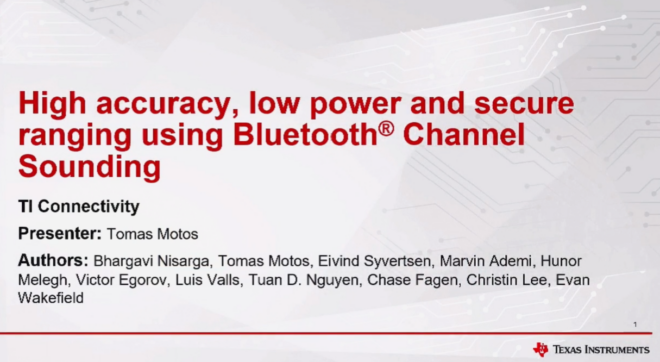

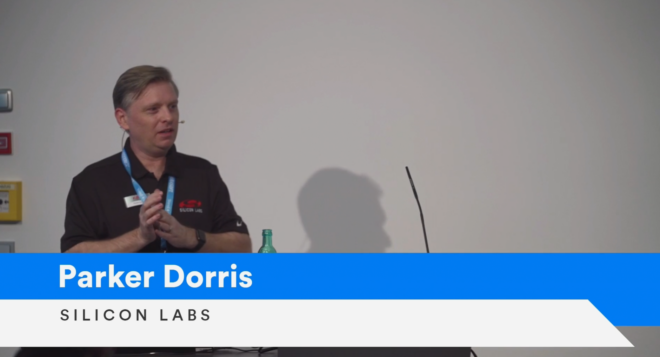

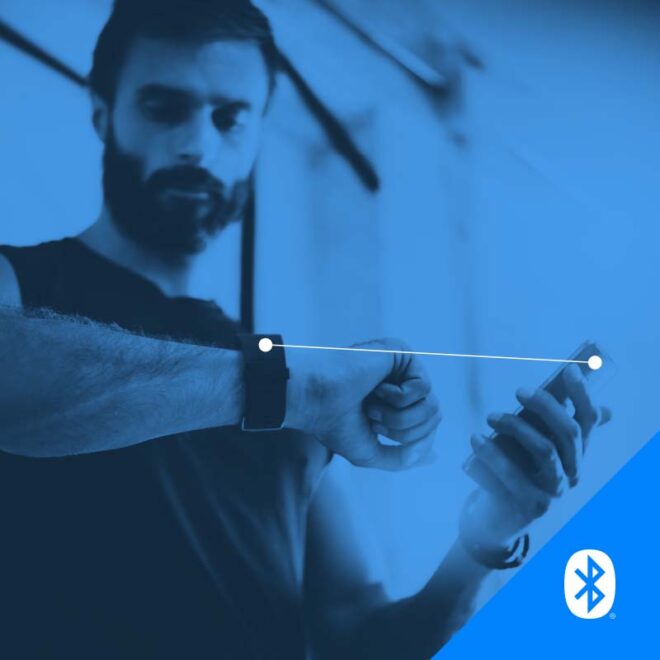
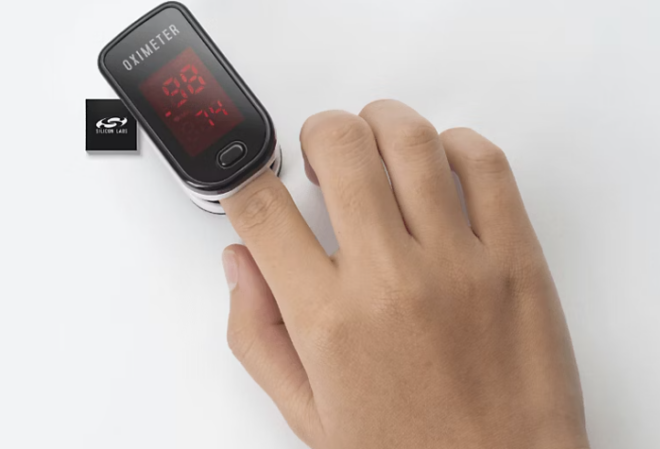

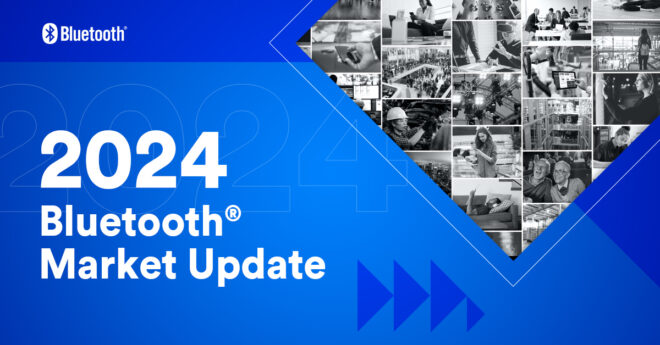

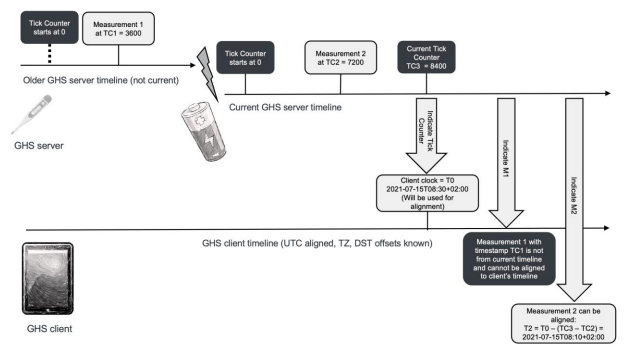
![ABI Growth Chart.png 815076338[1]](https://www.bluetooth.com/wp-content/uploads/2024/03/ABI_Growth_Chart.png_8150763381-660x384.png)

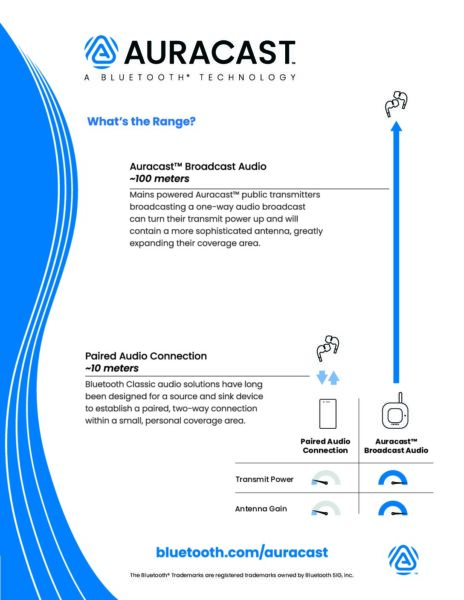
![2312 CES Handout Images FINAL existing pdf 464x600[1]](https://www.bluetooth.com/wp-content/uploads/2024/01/2312_CES_Handout-Images_FINAL-existing-pdf-464x6001-1.jpg)
![2312 CES Handout Images FINAL unlimited pdf 464x600[1]](https://www.bluetooth.com/wp-content/uploads/2024/01/2312_CES_Handout-Images_FINAL-unlimited-pdf-464x6001-1.jpg)






